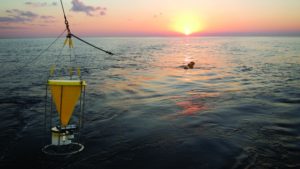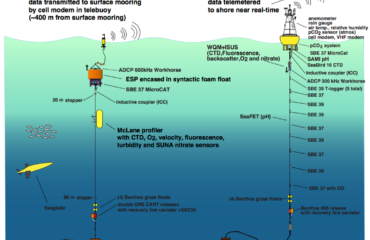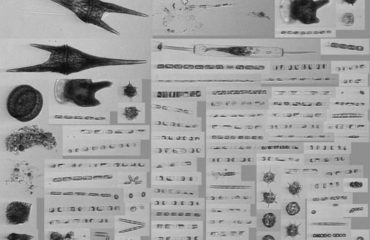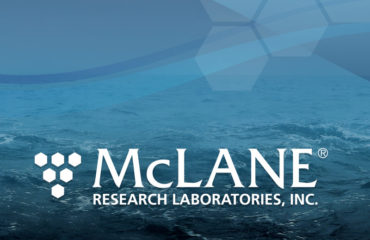The American Chemical Society’s Journal, Environmental Science and Technology has published results of a three-year time-series study that used McLane Sediment Traps. The time-series samplers collected sediment buried in the seafloor off of coastal Japan following the Fukushima Daiichi Nuclear Power Plant accident.
Ken Buesseler of Woods Hole Oceanographic Institution (WHOI), led the study which along with other WHOI scientists included Makio Honda and Hajime Kawakami, (Japan Agency for Marine-Earth Science and Technology), and Shigeyoshi Otosaka (Japan Atomic Energy Agency).
Sediment that was collected during the study period allowed researchers to track the transport of radionuclides released from Fukushima since 2011. The Sediment Traps were deployed, recovered and redeployed annually for three years starting in July 2011. Details of the study are on the WHOI website and in the Environmental Science and Technology website.
In October, Buesseler will return with a team to Japan and redeploy more Sediment Traps at the Fukushima site. The continued study will examine how long it takes to decrease the level of radiocesium in nearby seafloor sediments.




